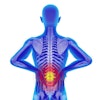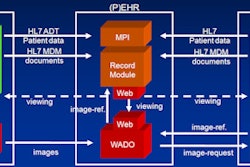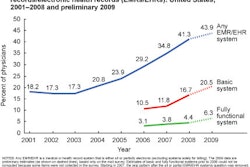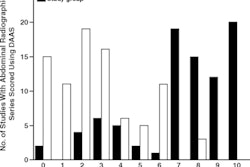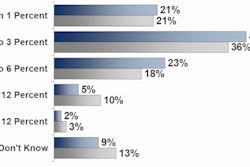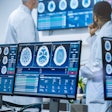Dear AuntMinnie Member,
Radiologists using computer-aided detection (CAD) to analyze coronary artery stenoses on cardiac CT scans saw impressive gains in diagnostic performance, according to a new study we're featuring in our Advanced Visualization Digital Community.
In a presentation at last month's International Society for Computed Tomography (ISCT) meeting, Dr. U. Joseph Schoepf from the Medical University of South Carolina in Charleston discussed his group's latest experience with the algorithm, which is designed to help identify and classify stenoses.
They found that CAD had a major impact on sensitivity for some readers, achieving, in some cases, a 100% negative predictive value. Learn more by clicking here for the story by international editor Eric Barnes, or visit the community at av.auntminnie.com.
Order-entry software reduces low-yield studies
In other news, we're highlighting a new study in our Healthcare IT Digital Community showing how researchers at Massachusetts General Hospital in Boston reduced the number of low-yield imaging exams at their facility through the use of order-entry software.
The software acts as a sort of electronic gatekeeper by not allowing nonclinician staff such as nurses to complete orders for imaging studies that have historically low levels of diagnostic yield.
The researchers found that not only did the number of low-yield exams fall, the system required clinicians to begin using the software more often to get their orders completed. Find out how it works by clicking here, or visit the community at healthcareit.auntminnie.com.



